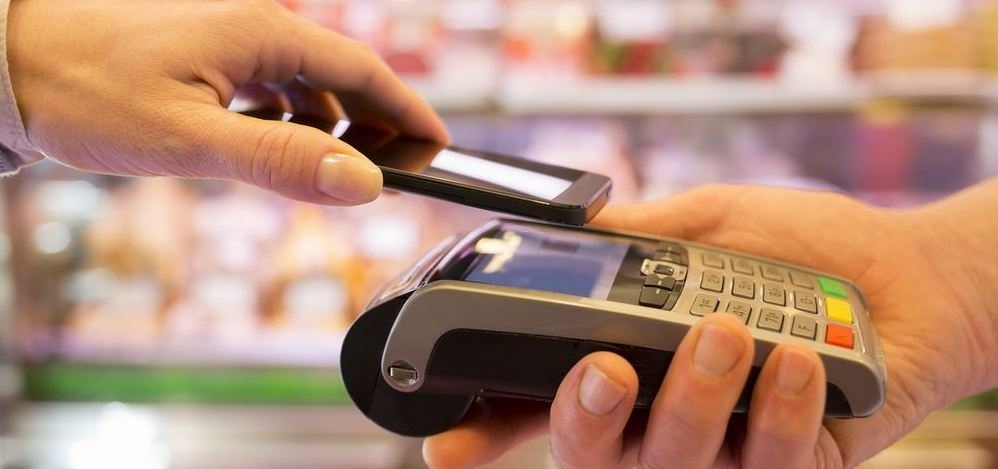Petroleum Safety Body Asks Not To Use E-wallets, PoS At Petrol Pumps; 10 Delhi Metro Stations Goes Cashless

In the excitement and urgency to go cashless, are we missing something? For instance, safety standards and guidelines, especially when it comes to petrol pumps?
It seems we have, as a unique mis-match of safety precautions and cashless economy has come into picture – a scenario which no one thought about before.
Petroleum and Explosives Safety Organisation (PESO) has asked the Ministry of Petroleum and Natural Gases to issue guidelines which prohibit usage of e-wallets and PoS terminals at petrol pumps. In a communication dated December 19th, Chief Controller of Explosives at PESO has strongly recommended banning of all electronic devices at the hazardous area (zone-1) nearby petrol pumps.
We are awaiting any official communication from the Ministry of Petroleum and Natural Gases regarding this issue.
Why e-Wallets Should Be Banned at Petrol Pumps
Usage of mobile phones and electronic gadgets has already been banned in the hazardous area in and around petrol pumps, since last few years, Even one spark generated via gadgets can trigger fire across the pump, thereby becoming a major safety hazard.
Just for information, Zone 1 (hazardous zone) is defined as the “1.2 metres area vertically above the base within the cabinet enclosure and 45 cms horizontally in all directions.”
As per per the communication exchanged between PESO and the Ministry, it has been revealed that there has been an ‘exponential growth’ in the amount of cashless transactions, especially in petrol pumps.
Former vice-chairman of National Disaster Management Authority, M Shashidhar Reddy has said, “It calls for prominently marking the hazardous area (Zone I) around the dispenser. As a person with experience in disaster management, I think this calls for urgent steps to ensure that these conditions are meticulously followed – as a preventive and preparedness measure. This will also call for appropriate public awareness as a part of this”
Our Opinion:
In order to ensure public safety, Govt. should ensure that the payments via e-wallets and debit/credit cards should be conducted at a location which is away from the Zone 1. Besides, a tag-based payment procedure can also be introduced, just like toll plazas. The user needs to recharge his tag via online medium, and the amount of petrol of fills in, should be automatically deducted from the tag.
Safety of all users in and around petrol pumps is a must, and this factor should not be ignored for promoting cashless economy. However, the call for banning e-wallets and PoS is also pointless, as it can induce more chaos amidst less cash in circulation.
A middle path needs to be found out.
10 Delhi Metro Stations Goes Cashless
Meanwhile, Delhi Metro has decided to make 10 stations cashless, effective January 1st.
These 10 metro stations are: Rohini East and Rohini West on the Red Line; MG Road Station on the Yellow Line; Mayur Vihar Phase-I, Nirman Vihar, Tilak Nagar, Janakpuri West, and Noida Sector-15 on the Blue Line; and Nehru Place and Kailash Colony on the Violet Line.
As per the proposed plan, only debit/credit cards and Paytm would be accepted at these metro stations for buying tokens and recharging metro cards.
Refunds would also be transferred directly to the Paytm e-wallet or the concerned debit/credit card, instead of giving cash.
Explaining the cashless process at these metros stations, Mangu Singh, Delhi Metro Rail Corporation (DMRC), MD, said, “The commuters at these stations will be required to scan the QR code at the station with Paytm app on their mobile phones. This will send a message to the token vendor or the customer care operator, who will then issue the token or recharge the card with the desired amount,”
Interestingly, these metro stations have been chosen on the basis of average footfalls, and the ‘type of passengers’.
An official said, “These stations have a major footfall of smart card holders which accounts for at least 70%. Besides, it also has adequate mobile connectivity,”
